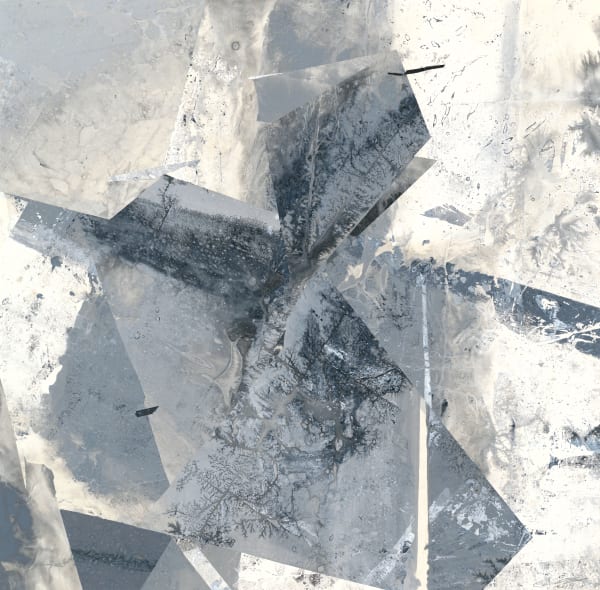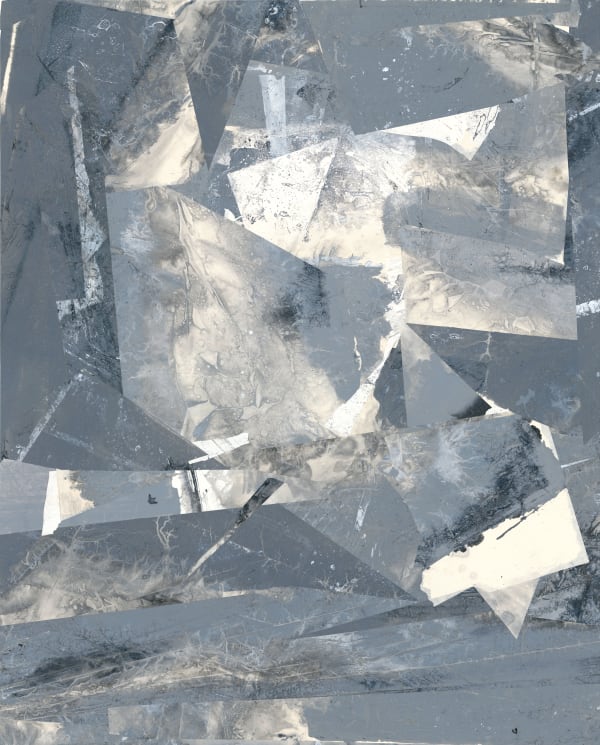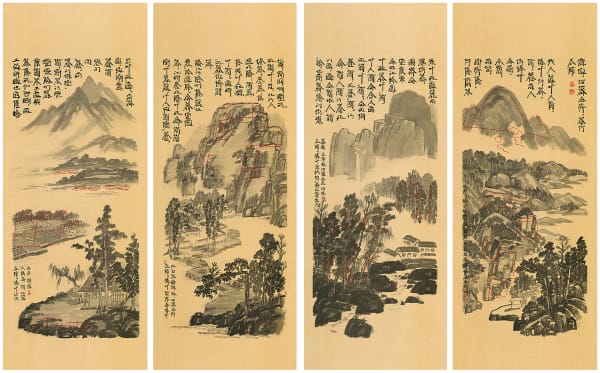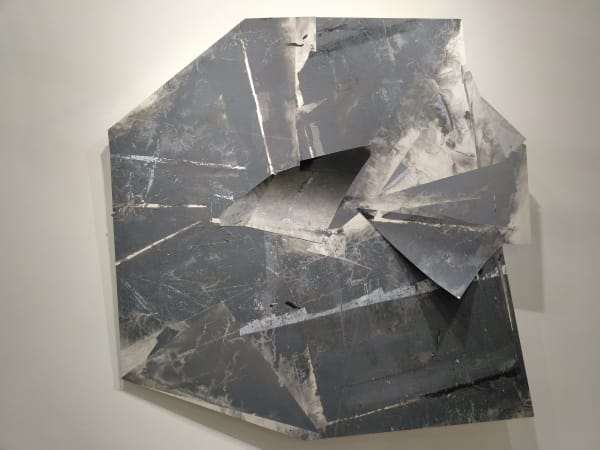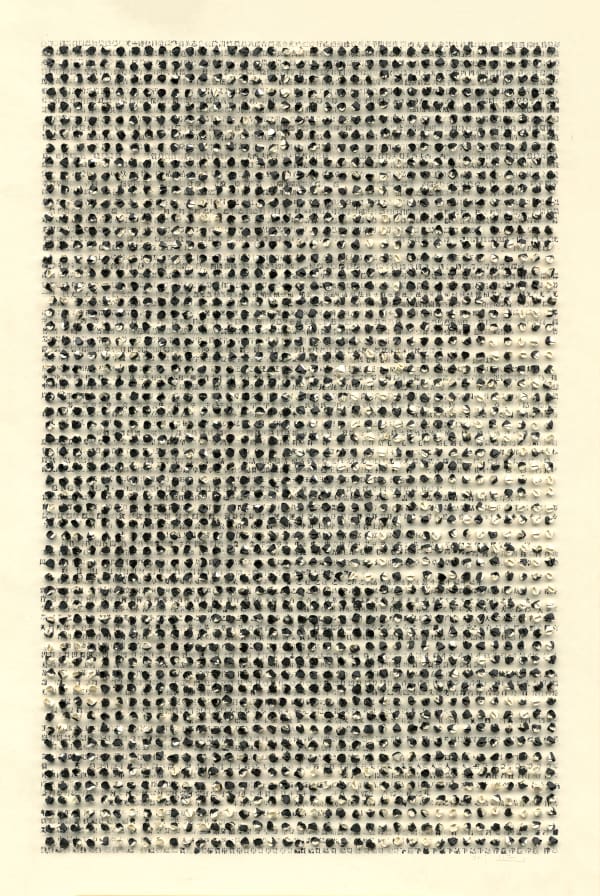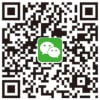INK studio is proud to participate in West Bund Art & Desgin in Shanghai from November 7 to 10. Located at booth A205, INK studio will present works by nine contemporary artists who express their dynamic artistic concepts through the exploration of ink in different medium and formats. Highlights include Bingyi’s abstract landscapes, exquisite landscape handscrolls as well as the Fairies series of album leaves; Korean artist Kim Jongku’s Steel Powder Painting series; Korean artist Lee In’s monochrome painting inspired by the renowned early 20th century avant-garde writer Yi Sang’s poem Crow’s Eye View, as well as his ceramic works; Taiwanese artist; Peng Kanglong’s landscape handscrolls and a six-panel landscape screen; Tao Aimin’s wall installation made of used wooden washboards; Xu Bing’s single-page Book from the Sky series and his Suzhou Landscripts; Xu Lei’s new work The Message Tree and Interact Trees; Zheng Chongbin’s abstract work with mixed media on paper in the format of traditional hanging scrools; as well as Korean artist Jeong Gwang Hee’s abstract ink painting on hanji paper.
An artist, architectural designer, curator, cultural critic, and social activist, Bingyi (b. 1975) has developed a multi-faceted practice that encompasses land and environmental art, site-specific architectural installation, musical and literary composition, ink painting, performance art, and filmmaking. Adopting a non-anthropocentric perspective and channeling nature’s creative agency, her work is centrally concerned with the themes of ecology, ruins, rebirth, and poetic imagination. During West Bund 2019, INK studio will present Bingyi’s abstract landscape series as well as her exquisite handscrolls and album leaves, showing her exploration of the ink medium with profound diversity – channeling between macro and micro level of artistic practice and brushwork.
Encompasses painting, calligraphy and installation, the artistic practice of Kim Jongku (b. 1963) adopts the medium of grated iron powder. To the artist, iron is a symbol of modern civilization and the human desire of everlasting progress. By refining iron into his “ink”, the artist reveals the delicate and impermanent qualities of iron and repurposes it for his landscape compositions.
Lee In (b. 1959) has transformative encounters with nature's materials, in particular stone. His fascination with stone stems from his father, who collected rocks. In his Paint it Black series, Lee created the image of a singular stone on a white ground by applying layers of black ink. The process and the resulting image is an existential reflection of time and descendance. In covering or rendering stone with black ink the artist thinks of it as a way of healing pain, sadness and conflict inducing calm and as an expression of existence. During West Bund, INK studio will present Lee In’s monochrome painting inspired by the renowned early 20th century avant-garde writer Yi Sang (1910-1937)’s poem Crow’s Eye View, as well as his abstract works on ceramics.
Peng Kanglong (b. 1962) graduated from Taipei National University of the Arts, majoring in Chinese ink painting. His ink paintings with spontaneous, wild and yet highly controlled brushworks subvert and transcend traditions in Eastern art, capturing his inner-world and exploring the subject of human desire. The landscape handscrolls and the six-panel screen presented during West Bund 2019 display Peng’s rigorous and expressive brushwork full of energy and emotion, without the limitation of a particular artistic tradition or style, allowing the audience to enjoy the landscape of his mind and experience, as a visitor, his imaginary world of brush and ink.
Xu Bing (b. 1955) is widely recognized as one of the leading conceptual artists of language and semiotics working today. A recipient of a MacArthur Fellowship, he is celebrated for his “capacity to contribute importantly to society, particularly in printmaking and calligraphy.” Born in Chongqing, Xu grew up in Beijing where he studied printmaking at the Central Academy of Fine Arts. Trained as a printmaker, Xu is informed by the Cultural Revolution, Chan Buddhism, and his keen interest in the relationship between meaning and words, writing, and reading. He has famously re-invented Chinese characters and the English alphabet, rendering Chinese nonsensical and English into legible Chinese characters, effectively challenging comprehension of both. Xu Bing has held solo exhibitions at The Museum of Modern Art in New York, The Metropolitan Museum of Art in New York, and the British Museum in London, among other major institutions. Xu’s works have also shown at the 45th and 51st Venice Biennales; the Biennale of Sydney and the Johannesburg Biennale amongst other international exhibitions. Highlights for West Bund 2019 include single-page works from his widely celebrated Book of Sky series as well as his Suzhou Landscripts.
Xu Lei (b. 1963) is widely recognized in China as the foremost artist in the revival of gongbi, a form of high imperial painting dating back to the Tang and Song Dynasties that employed a fine brush-line to depict figurative subjects in a realistic manner. His exquisitely detailed portrayal of solitary, usually non-human subjects in interior settings evokes a sense of mystery and surrealism, paving a new path to a literary if somewhat melancholic modernity that integrates poetic imagery and realist technique—what art critic Jeffrey Hantover described as “the quiet resignation of the realist”. His new series of works are set not within the confines of our human interior spaces but out in the world in the natural landscape. These landscapes, however, are not natural landscapes, but cultural ones—specifically, a-historic collages of selected art historic masterworks. Working in the early 21st century, Xu Lei’s art historic sources extend beyond the Chinese cultural sphere. According to the artist, the origins of gongbi painting lie in the religious mural painting of the Tang Dynasty and is technically similar to European fresco paintings of the Middle Ages and the Renaissance and Persian miniature painting which draws upon its own tradition of wall painting. Using such technical means, Xu Lei, in works such as the Message Tree, brings the landscape of the 17th century master Dong Qichang, the Italian Renaissance, and early Dutch 15th and 16th century along with their associated metaphoric significations into an aesthetically unified artistic space. For sinologists, the particularly Chinese focus on history will be familiar. For Chinese art historians, the range of global cultural and historic references will be completely new.
Zheng Chongbin (b. 1961) has held the classical Chinese ink tradition and Western pictorial abstraction in productive mutual tension. By exploring and exploiting the immanent qualities and behavior of his materials—ink, acrylic, water and paper—Zheng has developed a distinctive language of indexical abstraction—what critic Mark van Proyen calls “pre-constructed” in contrast to “de-constructed” art. Mounted on custom-fabricated, honeycomb-aluminum panels, Zheng’s latest works move into three-dimensional wall sculpture, enabling him to integrate elements of his light-and-space installation practice.
The labor intensive work of Jeong Gwang Hee (b. 1971) has a strong relationship to the philosophical and aesthetic traditions of ink art while also referencing Abstract Art and contemporary installation art. His works are composed of strips of Korean traditional paper folded and stacked side by side. The surface is then covered by ink dots and abstract brushstrokes, blurring and deconstructing the meaning of the text and images on paper. Jeong has described as part of his intention a need to examine and hold to question accepted knowledge and conventional belief and in doing so to doubt himself as he extends the envelope of his artistic language.
About West Bund Art & Design
Established in 2014, West Bund Art & Design features more than 100 leading galleries from Asia, Europe, North America and Latin America at West Bund Art Center. The fair provides a platform for international exhibitors to showcase the finest quality of modern and contemporary art in Shanghai. With exhibitions and art events offered by museums and galleries in the city, West Bund has made November’s Shanghai a permanent fixture on the global art calendar.
About INK studio
INK studio is an art gallery based in Beijing. Its mission is to present Chinese experimental ink as a distinctive contribution to contemporary transnational art-making in a closely-curated exhibition program supported by in-depth critical analysis, scholarly exchange, bilingual publishing, and multimedia production. INK studio curates three to four major solo projects per year with artists such as Bingyi, Dai Guangyu, He Yunchang, Li Jin, Li Huasheng, Wang Dongling, Yang Jiechang, and Zheng Chongbin and exhibits works of diverse media, including painting, calligraphy, sculpture, installation, performance, photography, and video. Since its inception in 2012, INK Studio has regularly appeared at art fairs such as the Armory Show (New York), Art Basel Hong Kong, and West Bund Art & Design (Shanghai) and placed works into major public collections, including the Metropolitan Museum of Art, Los Angeles County Museum of Art, Brooklyn Museum, and M+Museum, Hong Kong.
